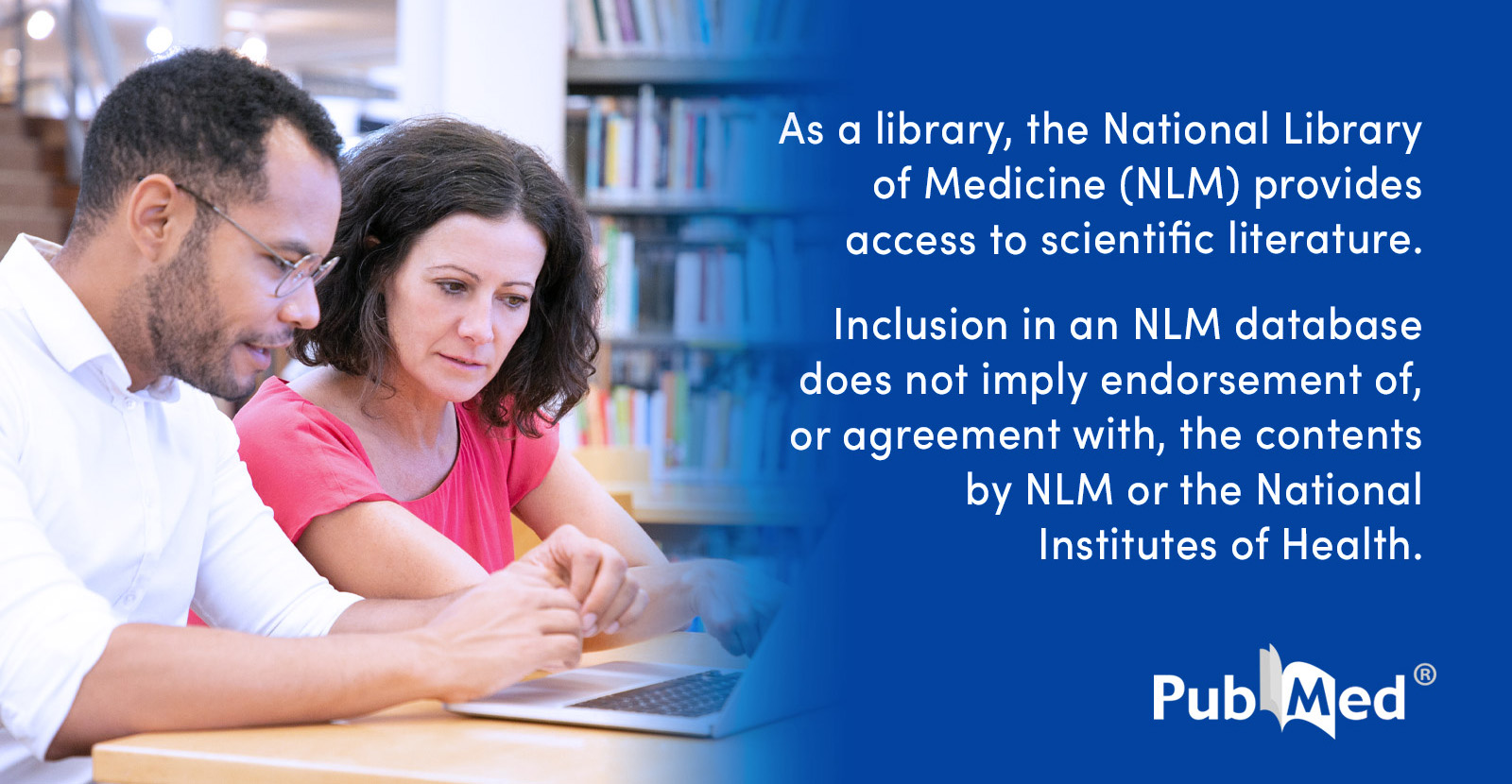Few other recent advances
-Researchers identify protein crucial for stem cell survival
In a multidisciplinary effort, a team of University of Wisconsin-Madison engineers has identified a protein that is integral to the survival and self-renewal processes of human pluripotent stem cells (hPSC).
The goal for many researchers who work with stem cells is simply to produce an environment that allows the cells to support their own survival. By identifying α-5 laminin as an important key to a cell's survival, the researchers can work to create a synthetic culture environment that encourages the protein's production, says Saha.
Designing new synthetic substrates is about providing a receptive surface that keeps what the cells are producing endogenously in the right place, he says.
"This work gives us a better idea of how to improve the substrate to make a completely defined and inexpensive culture system that's synthetic," says Palecek.
-Researchers develop a method for controlling gene activation (in iPS cells)
Researchers at the University of Helsinki, Finland, have developed a new method which enables the activation of genes in a cell without changing the genome. Applications of the method include directing the differentiation of stem cells.
The hottest topics in stem cell research at the moment are methods that can regulate the differentiation of cells. The differentiation process is based on how genes in a cell are activated and deactivated, so researchers are looking for ways to control the activation of the genes.
Researchers in Otonkoski's laboratory have now developed a method that enables the regulation of a single gene's behaviour without changing the genome itself. The method employs CRISPR technology, but the regulation itself is controlled by the addition of chemicals. The desired gene is made receptive to the drug by introducing bits of RNA into the cell that will bind to the activator protein and the gene's regulatory area. The gene will then activate in the desired way when the chemicals that regulates the activator protein are provided to the cell.
-A fast and comprehensive method for determining the function of genes could greatly improve our understanding of a wide range of diseases and conditions
Mutations with important biological effects can then rapidly be traced to individual genes by next generation DNA sequencing.
"This is a powerful and revolutionary new tool for discovering how gene circuits operate," said Dr Leeb. "The cells and the methodology we've developed could be applied to a huge range of biological questions."
-Hormone found to be critical in promoting growth of human embryonic stem cells, paving way for improved regenerative medicine and cell-based therapies
Singapore – Scientists from A*STAR’s Institute of Medical Biology (IMB) have discovered that the recently-identified hormone ELABELA is critical in promoting the growth of human embryonic stem cells (hESCs), suggesting its potential as a target for applications in tissue engineering and regenerative medicine.
So far, only a few growth factors for hESCs have been discovered. In a ground-breaking study, IMB has now identified ELABELA as necessary for hESCs to self-renew and differentiate, making it a potential target to stimulate hESC growth, and ensuring its stability for use in regenerative medicine
By activating this pathway, ELABELA also protects the hESCs, and therefore presumably early human embryos, against the intrinsic cell death (apoptosis) pathway which is activated by a variety of cellular and environmental stresses. Given the high susceptibility of hESCs to spontaneous apoptosis and differentiation, ELABELA not only enhances their growth, but also performs the critical function of ensuring their survival.
In regenerative medicine, a key problem is ensuring the stability and survival of hESCs for future differentiation and transplantation. IMB’s discovery implies that clinicians and scientists can target and manipulate ELABELA in order to ensure optimal hESC growth during scale-up of cell production for clinical applications, thus making regenerative medicine cheaper and more accessible, and increasing the chances of successful cell replacement.
-Researchers identify protein crucial for stem cell survival
In a multidisciplinary effort, a team of University of Wisconsin-Madison engineers has identified a protein that is integral to the survival and self-renewal processes of human pluripotent stem cells (hPSC).
The goal for many researchers who work with stem cells is simply to produce an environment that allows the cells to support their own survival. By identifying α-5 laminin as an important key to a cell's survival, the researchers can work to create a synthetic culture environment that encourages the protein's production, says Saha.
Designing new synthetic substrates is about providing a receptive surface that keeps what the cells are producing endogenously in the right place, he says.
"This work gives us a better idea of how to improve the substrate to make a completely defined and inexpensive culture system that's synthetic," says Palecek.
-Researchers develop a method for controlling gene activation (in iPS cells)
Researchers at the University of Helsinki, Finland, have developed a new method which enables the activation of genes in a cell without changing the genome. Applications of the method include directing the differentiation of stem cells.
The hottest topics in stem cell research at the moment are methods that can regulate the differentiation of cells. The differentiation process is based on how genes in a cell are activated and deactivated, so researchers are looking for ways to control the activation of the genes.
Researchers in Otonkoski's laboratory have now developed a method that enables the regulation of a single gene's behaviour without changing the genome itself. The method employs CRISPR technology, but the regulation itself is controlled by the addition of chemicals. The desired gene is made receptive to the drug by introducing bits of RNA into the cell that will bind to the activator protein and the gene's regulatory area. The gene will then activate in the desired way when the chemicals that regulates the activator protein are provided to the cell.
-A fast and comprehensive method for determining the function of genes could greatly improve our understanding of a wide range of diseases and conditions
Mutations with important biological effects can then rapidly be traced to individual genes by next generation DNA sequencing.
"This is a powerful and revolutionary new tool for discovering how gene circuits operate," said Dr Leeb. "The cells and the methodology we've developed could be applied to a huge range of biological questions."
-Hormone found to be critical in promoting growth of human embryonic stem cells, paving way for improved regenerative medicine and cell-based therapies
Singapore – Scientists from A*STAR’s Institute of Medical Biology (IMB) have discovered that the recently-identified hormone ELABELA is critical in promoting the growth of human embryonic stem cells (hESCs), suggesting its potential as a target for applications in tissue engineering and regenerative medicine.
So far, only a few growth factors for hESCs have been discovered. In a ground-breaking study, IMB has now identified ELABELA as necessary for hESCs to self-renew and differentiate, making it a potential target to stimulate hESC growth, and ensuring its stability for use in regenerative medicine
By activating this pathway, ELABELA also protects the hESCs, and therefore presumably early human embryos, against the intrinsic cell death (apoptosis) pathway which is activated by a variety of cellular and environmental stresses. Given the high susceptibility of hESCs to spontaneous apoptosis and differentiation, ELABELA not only enhances their growth, but also performs the critical function of ensuring their survival.
In regenerative medicine, a key problem is ensuring the stability and survival of hESCs for future differentiation and transplantation. IMB’s discovery implies that clinicians and scientists can target and manipulate ELABELA in order to ensure optimal hESC growth during scale-up of cell production for clinical applications, thus making regenerative medicine cheaper and more accessible, and increasing the chances of successful cell replacement.








Comment